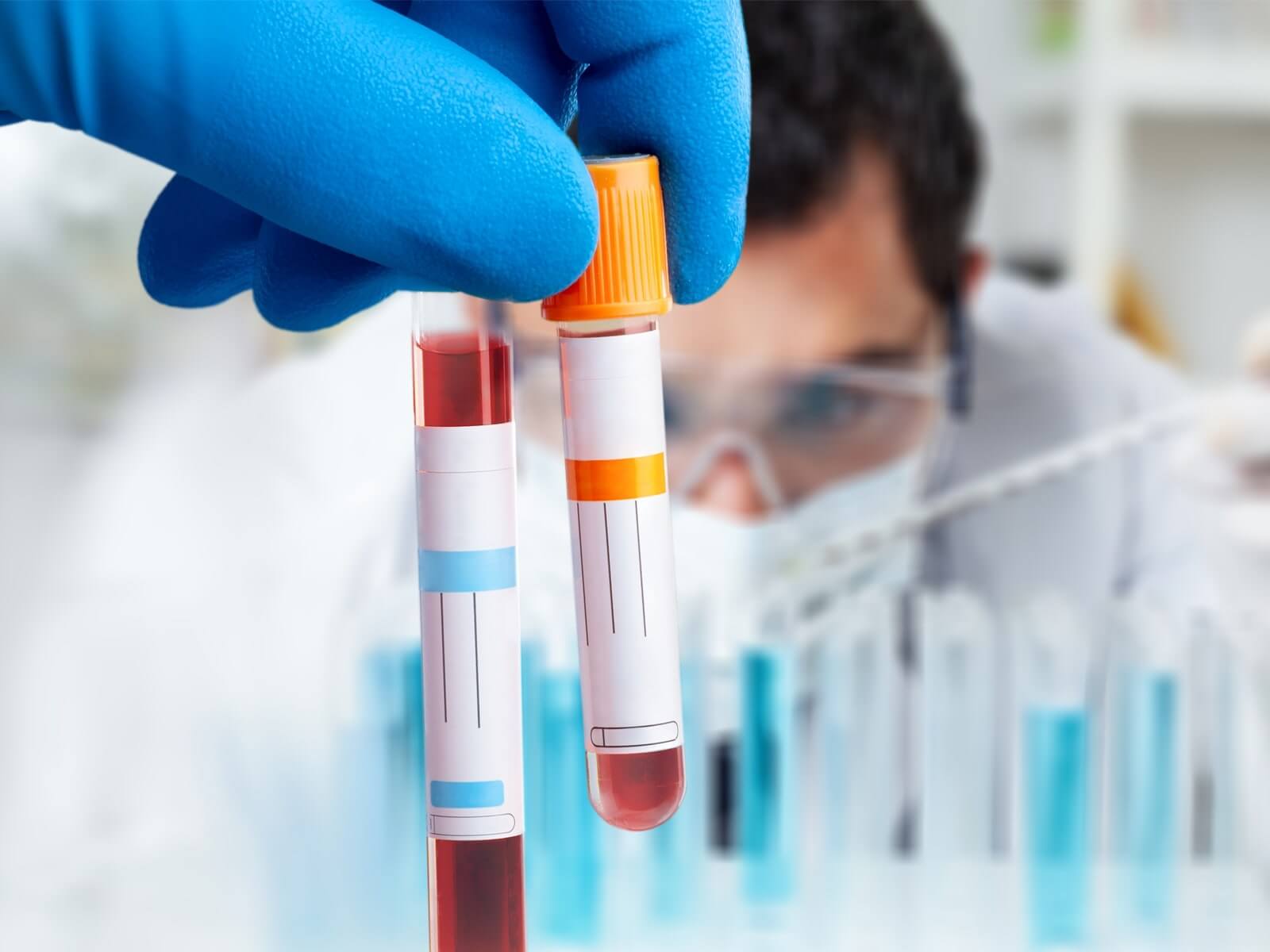
Colon angioectasias are small, fragile blood vessels that develop in the lining of the colon. Over time, these vessels can bleed slowly and often without pain. They're most commonly found on the right side of the colon during a colonoscopy.
Because bleeding from angioectasias is often slow, you may not notice it right away. When symptoms occur, they may include:
The exact reason these vessels form isn't always clear, but several factors can contribute:
If you're feeling tired, have low iron, or notice blood in your stool, colon angioectasias may be the cause. Don't wait-call GastroDoxs in Katy or book your appointment online today to get the expert care you need and start feeling better sooner.
We've successfully treated more than 1.5K patients, helping individuals improve their digestive health and overall well-being through expert, personalized care.
With over 20 years of experience, GastroDoxs has been a trusted provider of gastroenterology care, focusing on delivering the best outcomes for patients
Colon angioectasia is a small, fragile blood vessel in the wall of the colon that can leak or bleed slowly over time.
It's usually found during a colonoscopy or capsule endoscopy, which allow direct visualization of the colon lining.
Yes. Chronic bleeding from these vessels can lead to iron-deficiency anemia, fatigue, and weakness if left untreated.
The ICD-10 code is K63.5 and the ICD-9 code is 569.85, used for billing and documentation.
No. Bleeding from angioectasias is typically painless. Patients usually notice symptoms like weakness rather than discomfort.
Risk increases with age and is higher in people with heart or kidney disease, blood-clotting issues, or those on blood thinners.
Treatments include endoscopic cautery (heat or clips), plasma coagulation to seal vessels, iron supplements, or transfusions for anemia.
Yes. Most patients return in 6 to 12 months for a repeat colonoscopy to ensure the bleeding has not recurred.
Eating iron-rich foods can help correct anemia, but dietary changes alone won't repair the weakened blood vessels.
GastroDoxs in Katy specializes in personalized, minimally invasive treatments to stop bleeding and restore your health.